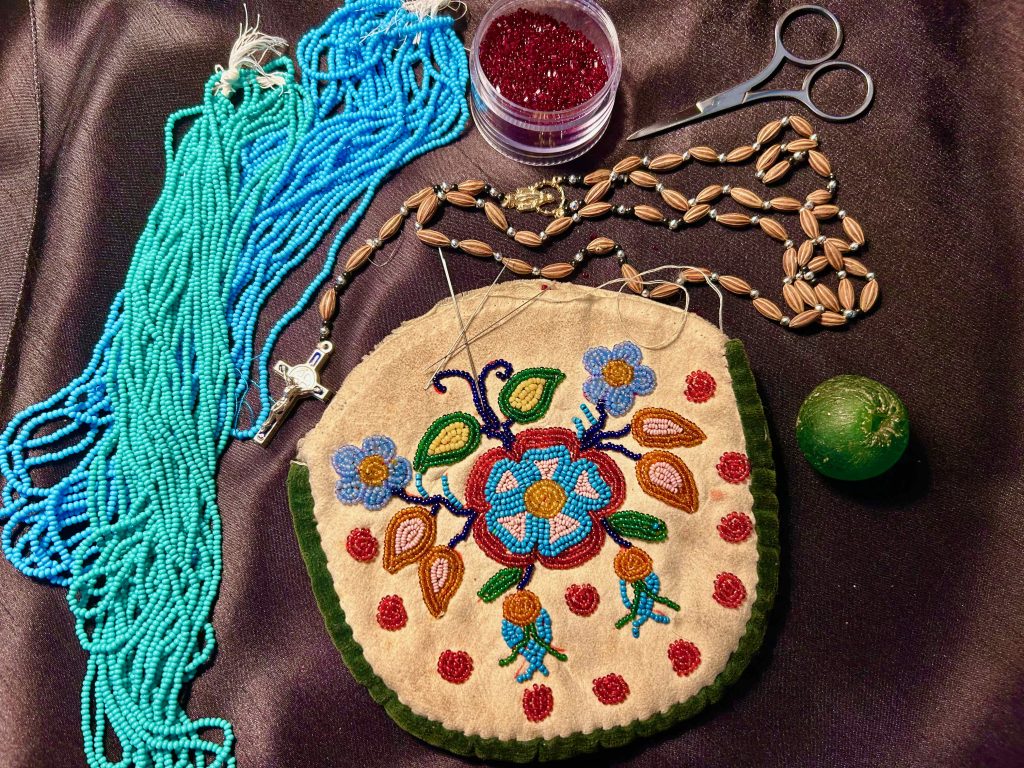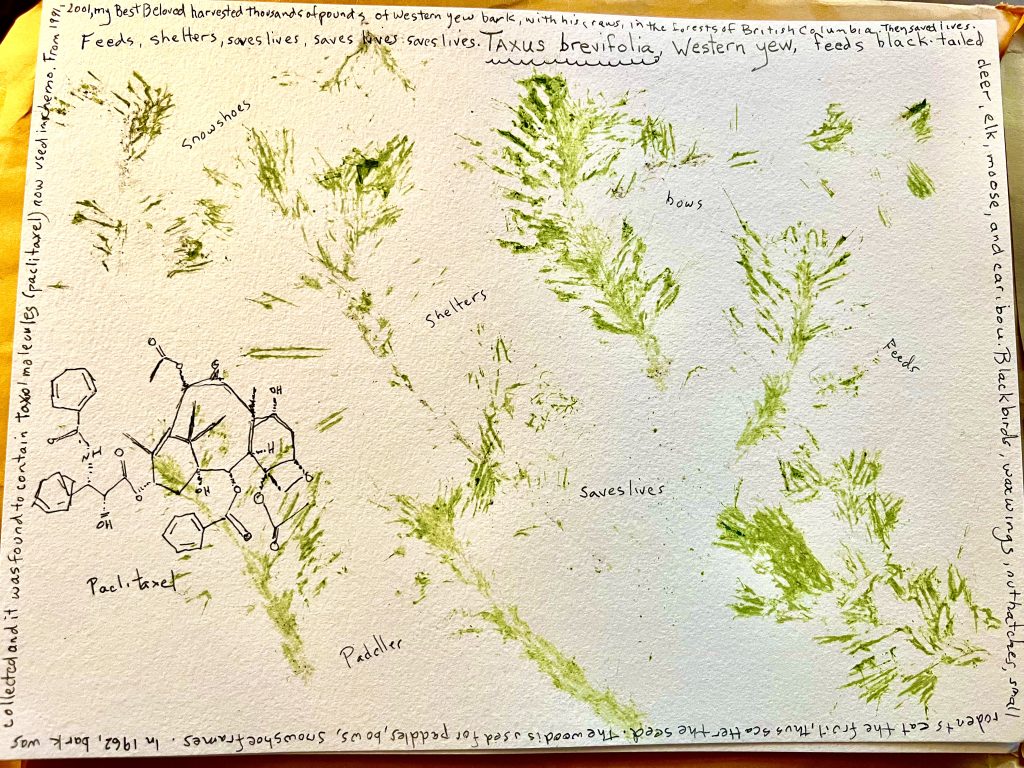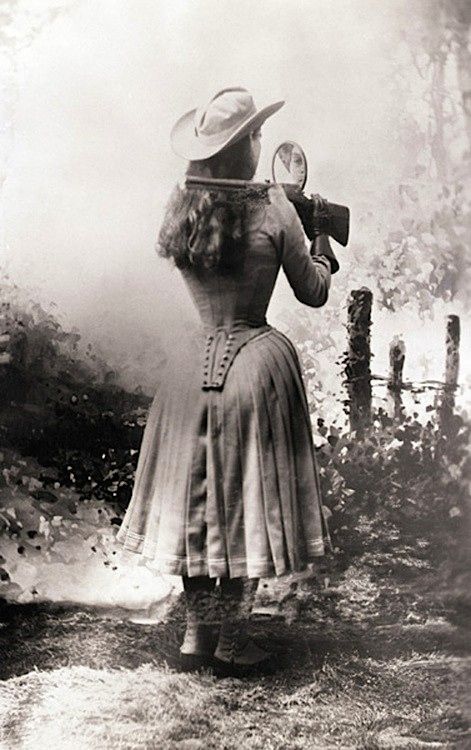Louis Riel/Red River Métis Bibliography
Sources/Selected Bibliography (In Progress)
compiled by Dr. Suzanne M. Steele

Anderson, Gilbert, John Arcand et al. Drops of Brandy: and Other Traditional Metis Tunes (4 CDs). Saskatoon, SK: Gabriel Dumont Institute. [2002/03]
A’nicina’ be Manido’ mineskikan: Chippewa Beadwork. Foreword by Leslie W. Pelletier. Introduction by Mark J. Halvorson. Bismark, ND: State Historical Society of North Dakota. 1996.
Baaker, Peter. Language of our own: the genesis of Michif, the mixed Cree-French language of the Canadian Métis. New York: Oxford University Press. 1997.
Belcourt, Christi and Rose Richardson. Medicines to help us: traditional Métis plant use: study prints & resource guide; Michif translations by Rita Flamand & Laura Burnouf; with an essay by Rose Richardson. Saskatoon: Gabriel Dumont Institute. 2007.
Barkwell, L. J., Norman Fleury et al. Michif Language Research, Literature Review, Teaching Resources and Annotated Bibliography. 2017.
—-. Lawng: Michif Peekishkwewin : the heritage language of the Canadian Metis: Manitoba Metis Federation Michif Language Program / ed. Lawrence Barkwell. Winnipeg: Pemmican Publications. 2004.
Barkwell, L. Leah Dorion, and Darren Préfontaine (eds). Métis Legacy: a Métis Historiography and Annotated Bibliography. Winnipeg: Pemmican Publications Inc. 2001.
—-. Métis Legacy, Volume Two: Michif Culture, Heritage and Folkways. Saskatoon, SK: Gabriel Dumont Institute, Winnipeg, MB: Pemmican Publications Inc. 2007.
Barnholden, Michael. ‘Riel’s Composition’. The Capilano Review. Vol. 3.32: Summer 2017.
Beach, Donna [Anishinaabemowin Translator/Knowledge Keeper]. Winnipeg, MB. Pers. comms. with S. Steele and N. Weisensel. 2017-21.
Beach-Ducharme, Debra [Anishinaabemowin Translator/Knowledge Keeper]. Winnipeg, MB. Pers. comms. with S. Steele and N. Weisensel. 2017-21.
Bird, Madeleine, and Agnes Sutherland. Living Kindness: The Dream of My Life; the Memoirs of Metis Elder, Madeline Bird, Vol. 1 of Northern heritage series, people and places. Yellowknife, NWT: Outcrop. 1991.
Blum, Rony. Ghost Brothers: Adoption of a French Tribe by Bereaved Native America: a Transdisciplinary Longitudinal Multilevel Integrated Analysis. Montreal: McGill-Queen’s University Press. 2007.
Brink, Jack W. Imagining Head Smashed In: Aboriginal Buffalo Hunting on the Northern Plains. Edmonton, AB: Athabasca University Press. 2010.
Bruce, June [Michif Translator/Knowledge Keeper]. Pers. comms. with Suzanne Steele and Neil Weisensel. 2020-21.
Charlebois, P. The Life of Louis Riel. Toronto: New Canada Publications. 1975.
Chartrand, Agathe [Michif Translator/Knowledge Keeper]. Pers. comms. with Suzanne Steele and Neil Weisensel. 2020-21.
Chartrand, Jules [Michif Translator/Historian]. Pers. comms. with S.Steele and N. Weisensel. St Laurent, MB. 2017-21.
Chartrand, Paul. [Métis Activist, Lawyer]. Pers. comms. with S. Steele and N. Weisensel. St Laurent, MB. Feb. 2018.
Chartrand, Yvonne [Métis Cultural Advisor, Choreographer/Knowledge Keeper]. Pers. comms. with S. Steele. Vancouver, BC. 2017-21.
Coutu-Levalle, Lorraine [Michif Translator/Knowledge Keeper]. Pers. comms. with S. Steele and N. Weisensel. St Laurent, MB. Feb. 2018.
De Montigny, Verna [Michif translator]. Pers. comms. Brandon, MB. 2017-2021.
Dickson, Stewart. Hey Monias!; The Story of Ralph Ironside. Vancouver, BC: Arsenal Press. 1993.
Divine, Heather. The People Who Own Themselves: Aboriginal Ethnogenesis in a Canadian Family, 1660-1900. Calgary: University of Calgary Press, 2004.
Dorion, Leah. Drops of Brandy: an Anthology of Metis Tunes. Saskatoon, SK: Gabriel Dumont Institute. 2002.
Douad, Patrick C., ed. The Western Métis: profile of a people. Regina: University of Regina Press. 2007.
Duguay, Paulette [President de l’Union Nationale Metisse de St. Joseph, Great grand-niece of Louis Riel]. Pers. comms. with N. Weisensel and S. Steele. 2017-21.
Durocher, Tristan [Fiddler]. Fiddle lessons and pers. comms. with S. Steele and Neil Weisensel. 2017-21.
Erickson, Lesley. ‘ “Bury Our Sorrows in the Sacred Heart”: Gender and the Métis Response to Colonialism – The Case of Sara and Louis Riel, 1848-1883’. In Unsettled Pasts: Reconceiving the West through Women’s History, eds. Sarah Carter, Lesley Erickson, Patricia Roome, and Char Smith. Calgary: University of Calgary Press, 2005.
Fargey, I. & Karen Smith. Grasslands National Park Field Guide. Val Marie, SK: Prairie Wind & Silver Sage/Friends of Grasslands Inc. 2000.
Farrel Racette, Sherry. Sewing ourselves together: clothing, decorative arts and the expression of Metis and Half Breed identity. Doctoral dissertation. Winnipeg: University of Manitoba. 2009.
Flanagan, T.E. Louis “David” Riel: Prophet of the New World. Toronto: University of Toronto Press. 1979.
—-. Riel and the Rebellion, 1885 Reconsidered. Saskatoon: Western Producer Prairie Books. 1983.
Fleury, Norman. Michif Dictionary 2013. Saskatoon: Gabriel Dumont Institute. 2013.
Gabriel Dumont Institute of Native Studies and Applied Research. ‘Virtual Museum of History and Culture.’ Saskatoon, SK: Gabriel Dumont Institute website. http://www.metismuseum.ca/michif_tools.php
Globe and Mail. ‘Diary found by historian may clear up Riel Mystery.’ Globe and Mail. 23 November, 2002 https://www.theglobeandmail.com/news/national/diary-found-by-historian-may-clear-up-riel-mystery/article1028367/
Grant, Johnny. Son of the fur trade: the memoirs of Johnny Grant, edited with an introduction by Gerhard J. Ens. Edmonton: University of Alberta Press. 2008.
Hildebrandt, Walter. The Battle of Batoche: Small British Warfare and the Entrenched Métis, Foreward by Jean Teillet. Vancouver: Talon Books. 2012.
Hogue, Michel. Metis and the Medicine Line. Regina: University of Regina Press. 2015.
Howard, J.K. Strange Empire: A Narrative of the Northwest. New York: William M Morrow & Co. 1952.
Jordan, Mary Veronica. To Louis from your sister who loves you, Sara Riel. Toronto: Griffin House. 1974.
Keeney, Gordon J. [Original Typescript]. The Buffalo Hunters of Pembina: 1862-1865. Ms. 10431, State Historical Society of North Dakota, Bismark, microfilm roll 12193. 1925.
Lavallée, Guy. The Métis People of St Laurent Manitoba: an Introductory Ethnography, Master Dissertation. University of British Columbia. 1988.
Laxer, James. Staking Claims to a Continent: John A. MacDonald, Abraham Lincoln, Jefferson Davis, and the Making of North America. Toronto, ON: House of Anansi Press. 2016.
Link, Bryna [Anishinaabe/Indigenous Cultural Advisor]. Pers. comms. with Suzanne Steele and Neil Weisensel. 2020-21.
Louis Riel Institute. Michif Language Lessons. Winnipeg, MB: Louis Riel Institute website: http://www.louisrielinstitute.com/146-michif-language-lessons-now- available-online.php
MacDougall, Brenda. One of the Family: Metis Culture in Nineteenth-Century Northwestern Saskatchewan. Vancouver, BC: UBC Press. 2010.
Millar, Patsy and Doris Leclerc Mikolayenk et al. Michif French Dictionary. Self- published. 2012.
Nixon, Lindsay. Prairie Families: Cree-Métis-Saulteux Materialities as Indigenous Feminist Materialist Record of Kinship-Based Selfhood. Master Thesis. Montreal: Concordia University.
Olson, Wes. Photographs by Johane Janelle; Foreward by Clarence Tillenius. Portraits of the Bison: an Illustrated Guide to Bison Society, 2nd edition. Val Marie, SK: self-published. 2005/12.
Pigeon, Émilie. Au Nom du Bon Dieu et Du Buffalo: Metis lived Catholicism on The Northern Plains. PhD Dissertation. Toronto: York University. 2017.
Richardson, Rose [Knowledge keeper, cultural and of medicine]. Pers. comms. with Suzanne Steele. 2018-2021.
Riel, Louis. Les Éditions Complètes de Louis Riel/The Collected Works of Louis Riel (5 vols.). George F. Stanley et al., eds. Edmonton: The University of Alberta Press. 1985.
—-. The Diaries of Louis Riel. Thomas Flanagan, ed. Edmonton: Hurtig. 1976.
—-. Louis Riel: poèmes américains. Jean Morisset (trans.). Trois-Pistoles: Éditions Trois-Pistoles. 1997.
—-. Louis Riel, poésies de jeunesse. Gilles Martel, et al. Quebec: Éditions du Blé. 1977.
—-. The Selected Poetry of Louis Riel. Glen Campbell, ed. Toronto: Exile Editions. 1993.
—-. Riel’s 1885 Diary. Regina: Saskatchewan Archives Board. 1985.
Rocky Mountain Husbandman: a Journal Devoted to Agriculture, Live-Stock, Home-Reading, and General News. [Riel visits Miles City with numerous families searching for home]. ‘Territorial News: From the Yellowstone Journal.’ White Sulphur Springs, MT. September 2, 1880.
Rosen, Nicole. ‘French-Algonquian interaction in Canada; a Michif case study.’ Clinical Linguistics & Phonetics, (22:8), August 2008: 610-624.
Scofield, Gregory, and Amy Briley. Wâpikwaniy: A Beginner’s Guide to Métis Floral Beadwork. Historical overview by Sherry Farrell Racette. Saskatoon, SK: Gabriel Dumont Institute. 2011.
Siggins, Maggie Riel: A Life of Revolution. Toronto: HarperCollins, 1995.
—-. Marie-Anne: The Extraordinary Life of Louis Riel’s Grandmother. Toronto: McLelland and Stewart. 2008.
Stanley, George F.G. Louis Riel. Toronto: Ryerson Press. 1963.
Steele, Suzanne M. “Artistic Narrations of Métis History through Peoplehood, Addressing Métis (mis)recognition and Recentering Métis Women” with an introduction by Nicole Stonyk. Ed. Forsythe L, Markides J. Mawachihitotaak: What We Learned (in Michif) Métis Conference Book. Winnipeg, MB: University of Manitoba Press, 2024.
St Goddard, Melissa [Fiddler]. Fiddle lessons and pers. comms. with S. Steele and Neil Weisensel. 2017-21.
Stonyk, Nicole. The embodiment and ‘refusal’ of the white possessive in opera: a comparative analysis of Louis Riel and Li Keur. Master Thesis. University of Manitoba. 2024
—-. ‘Li Keur, Riel Heart of the North’. Harmony Foundation Essay Prize. 2022. https://raventrust.com/harmony-essay-winner-2022/
Speckeen, Ella Joséphine-Marie [Fiddler]. Pers. comms. with S. Steele and Neil Weisensel. 2017-21.
Swan, Elizabeth. ‘Brief history of the The First Catholic Pioneers of Lewistown, Montana: the Métis, A Narrative by Mrs. Elizabeth Swan.’ Montana Memory Project Webpage. Lewistown: Lewistown Public Library. 1945.
Truth and Reconciliation Committee of Canada. Canada’s Residential Schools: The Métis Experience: The Final Report of the Truth and Reconciliation Commission of Canada, Volume 3. McGill-Queens University Press. 2015.
Vrooman, Nicholas C.P. “The Whole Country Was … ‘One Robe’ “: The Little Shell Tribe. Helena, MT: Little Shell Tribe of Chippewa Indians of Montana with the Drumlummon Institute. 2013.
—-. Pers. comms. with S. Steele, Buffalo Jump National Park, Grand Falls, MO. August 2017.
Welsh, Norbert, and Mary Weekes. ‘The Waning Herds: The last of the buffalo hunters tells his story of a North-West in the making’. MacLeans Magazine. January 1, 1933; January 15, 1933; February 1, 1933; February 15, 1933; March 1, 1933.
Whidden, Lynn. ‘The Songs of their Fathers’. Language and Culture. Volume 25:2, 2003.






